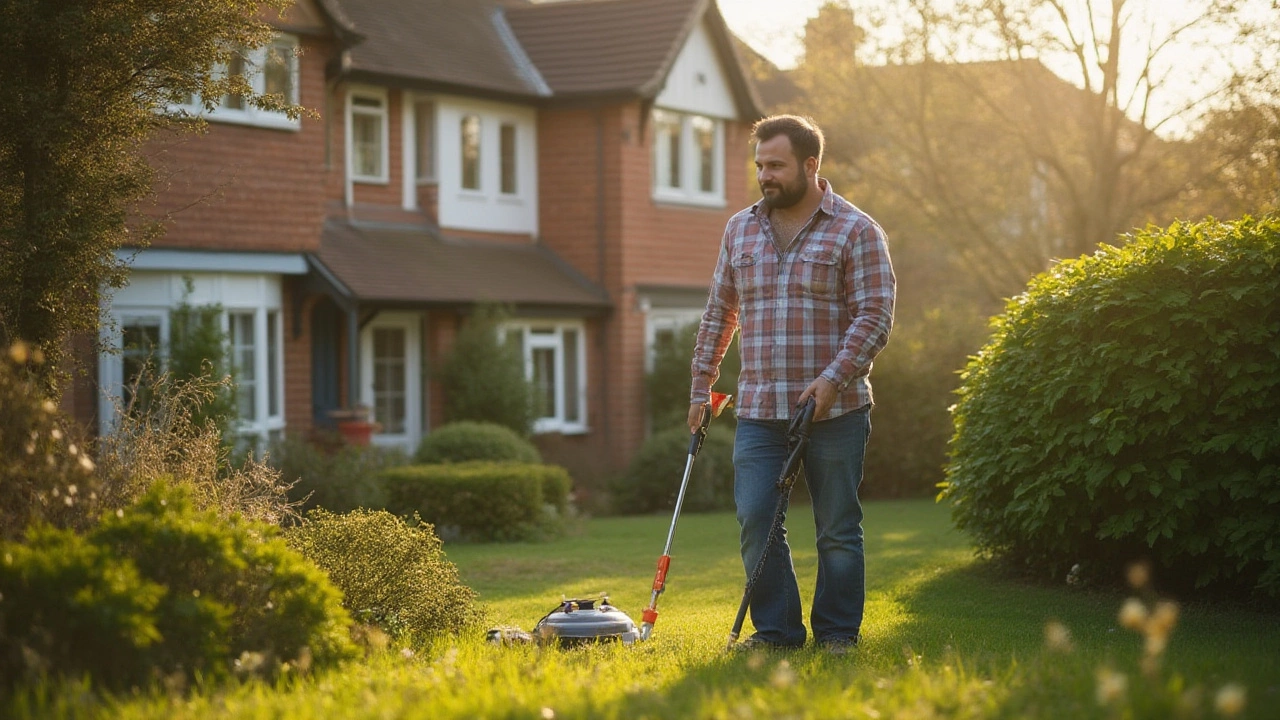How Long Does It Take to Pressure Wash a House?
If you’ve ever wondered whether a weekend project could include a full‑house pressure wash, you’re not alone. Homeowners often ask how many hours they need to set aside, what tools to use, and if they can finish it without hiring a pro. The short answer: it varies, but you can plan for a realistic time slot by looking at a few key factors.
What Influences the Time Needed
First, size matters. A two‑bedroom bungalow with a simple rectangular shape can be done in 2‑3 hours, while a large two‑storey with multiple gables and a driveway may need 5‑7 hours. Count the square footage of the exterior – most pressure washers cover about 1,200 sq ft per hour at a comfortable speed. Add extra time for tricky spots like window frames, shutters, or decorative trim.
Second, the level of dirt plays a big role. A house that’s been sitting untouched for months, showing mildew, algae, and cobwebs, will take longer to rinse clean. Light dust from a recent spring clean can be tackled quickly, often in half the time. If you see a thick green film, plan on a pre‑treatment soak and a second pass, which can add another hour.
Third, equipment choice matters. A 2,000‑psi, 4‑gallon‑per‑minute (GPM) washer is a solid middle ground for most UK homes. Higher pressure means faster removal but also higher risk of damage, so you may need to slow down on delicate surfaces. A quality nozzle set (0°, 15°, 25°, and 40°) lets you switch between aggressive and gentle sprays without swapping gear, saving minutes.
Fourth, access and safety prep add time. Moving a ladder, covering plants, masking electrical outlets, and setting up a water source all take a few minutes each. Skipping these steps can cause re‑work later, so budget an extra 15‑20 minutes for preparation.
Speed‑Up Tips for DIY and Professionals
Want to shave off a couple of hours? Start with a thorough rinse using just water. This removes loose debris and lets the detergent cling better on the next pass. Apply a biodegradable cleaner specifically made for pressure washing; let it sit for 5‑10 minutes while you prep other areas.
Work from top to bottom. Gravity helps you avoid streaks, and you won’t have to re‑clean areas you’ve already covered. Keep the wand moving at a steady pace – about 2‑3 feet per second – to prevent gouging the siding while keeping the spray effective.
If you have a long driveway or patio, use a wider nozzle (25° or 40°) to cover more area fast. For tight corners, switch to the 0° nozzle but only for short bursts to avoid etching the surface.
Enlist a helper. One person can handle the hose and spray while the other watches for missed spots and moves equipment. Two sets of eyes also spot damage early, so you don’t waste time fixing it later.
Finally, plan a cleanup break. After a solid 90‑minute block, take five minutes to check the water source, empty the detergent tank, and refill if needed. This prevents the pump from overheating and keeps the job moving smoothly.
In the end, a typical three‑bedroom UK home with moderate grime takes about 3‑4 hours for a DIYer using a decent washer. Professionals, equipped with higher‑capacity machines and crew members, can finish the same job in under two hours. Knowing these variables helps you set realistic expectations, avoid surprises, and get a sparkling house without unnecessary hassle.

Can You Pressure Wash Your House Yourself? Tips, Myths, and What to Know
Thinking about pressure washing your house yourself? This guide dives into DIY tips, safety, gear, common mistakes, and whether tackling this project on your own is the right call.
Read More